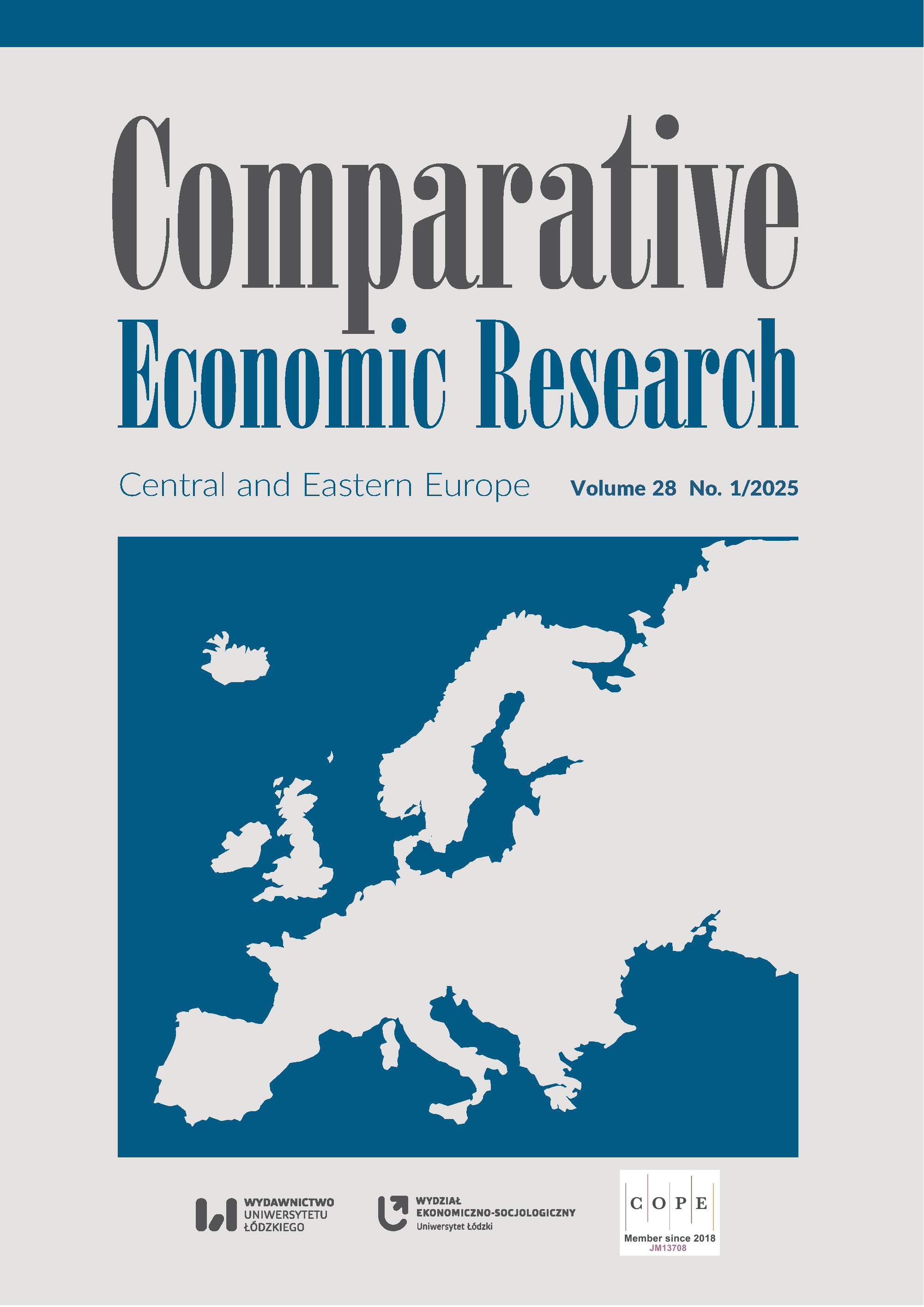The Relationship between Social Capital and the Market Integration of Farms – Examples from Central and Eastern Europe
The Relationship between Social Capital and the Market Integration of Farms – Examples from Central and Eastern Europe
Author(s): Sebastian Stępień, Katarzyna Smędzik-Ambroży, Marta Guth, Jan PolcynSubject(s): Economy, Micro-Economics, Socio-Economic Research
Published by: Wydawnictwo Uniwersytetu Łódzkiego
Keywords: market integration; social capital; agriculture; farms; Central and Eastern European countries
Summary/Abstract: The economic situation of farms is determined by a number of factors, which have been widely described in the literature. One factor is market integration, which shapes the farmer’s position in the food supply chain. The involvement of farmers in the integration may be related to their social capital, although this hypothesis has not been fully verified. Thus, the aim of the article is to assess the relationship between the level of social capital and the market integration of farms in selected Central and Eastern European (CEE) countries. The analysis includes Poland, Romania, Lithuania, Serbia and Moldova, and the sample consists of a total of 3160 farms. Data were collected personally by the authors through face-to-face interviews with farm managers. Based on these data, the authors’ market integration index was calculated and the level of social capital of farms was determined. A comparative analysis of average market integration indices for farms with different degrees of social capital was then carried out separately for each country. The Mann-Whitney U-test and the Kruskal-Wallis test were used to determine the significance of differences. The findings reveal that the highest value of the market integration was recorded for those farmers who were most strongly ‘socialised’, i.e. who participated in long-life education, took part in social events and were members of various organisations. A very important implication of this is that by strengthening social capital, farms aim to strengthen integration into the market, which can consequently lead to improved economic performance. Therefore, mitigating regional disparities and increasing the average level of agricultural performance in CEE countries should include measures to increase social capital on farms, i.e. providing workshops, training, and exhibitions, as well as supporting agricultural producer organizations, promoting rural housewives’ circles, and organising social events, among others. Such activities can be financed both from the second pillar of the common agricultural policy and from local government budgets. The contribution of the research focuses on the rarely undertaken subject matter of the relationship between social capital and market integration in farms. The added value consists of 1) a comparative analysis of five CEE countries and 2) an estimation of the authors’ indicators of social capital and market integration of farms, which could be used in the future for similar research.
Journal: Comparative Economic Research. Central and Eastern Europe
- Issue Year: 28/2025
- Issue No: 1
- Page Range: 55-74
- Page Count: 20
- Language: English

